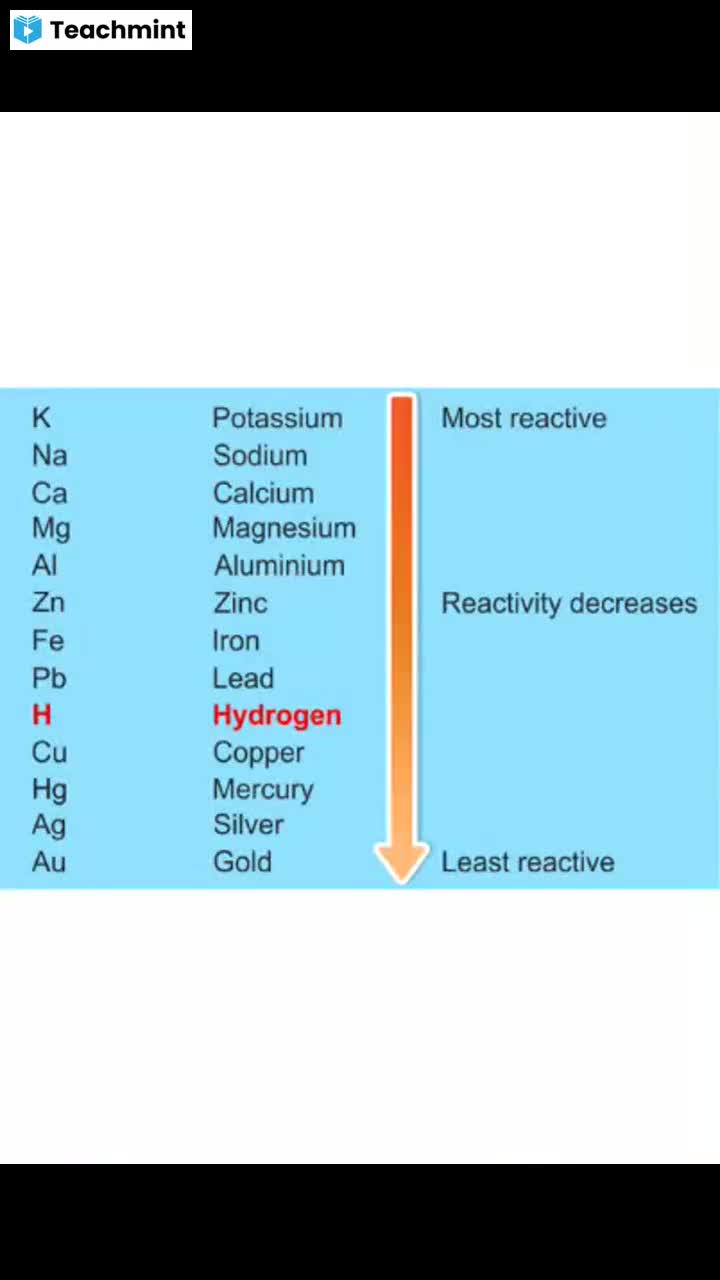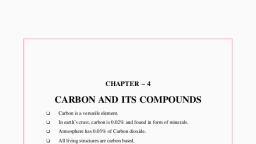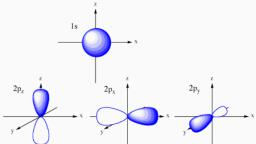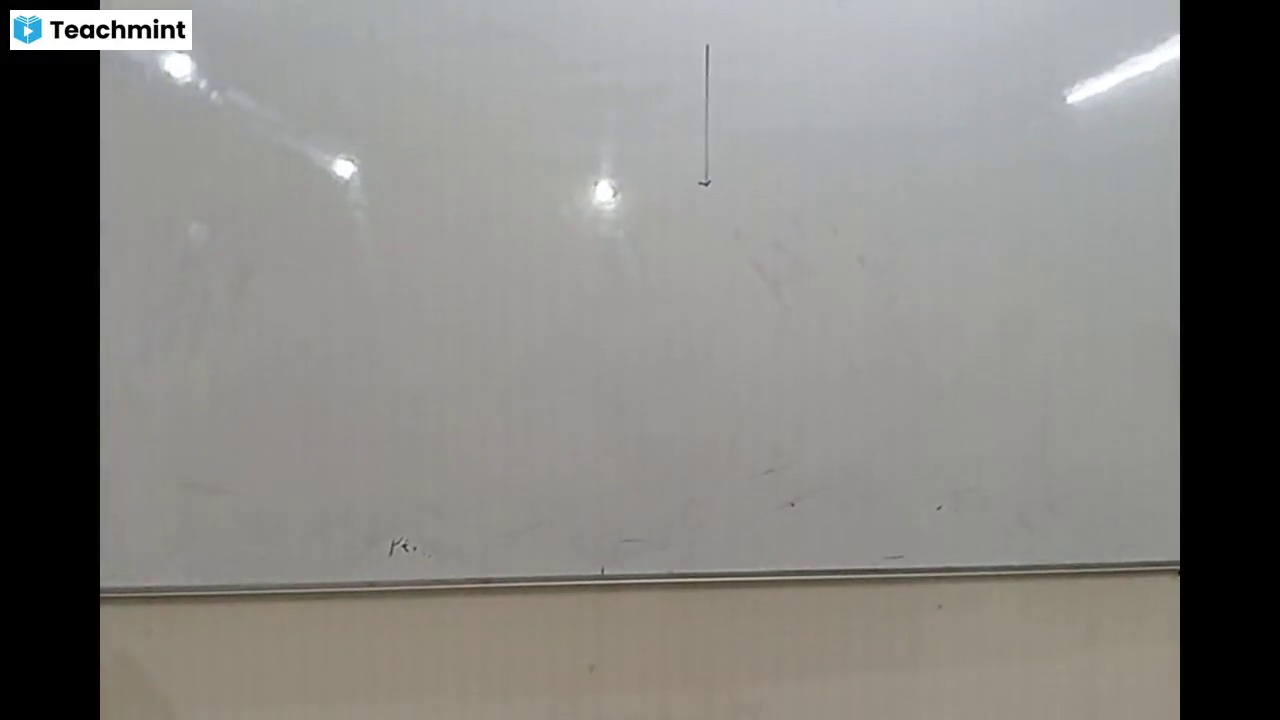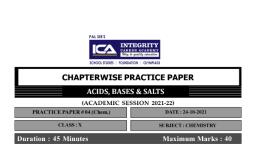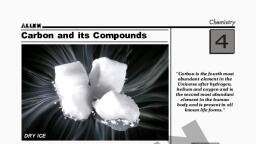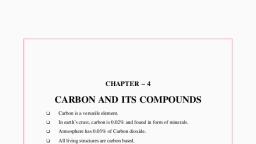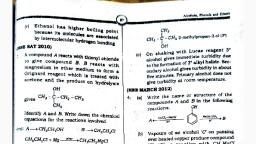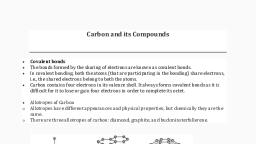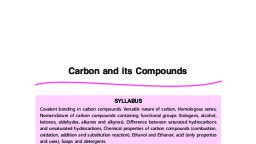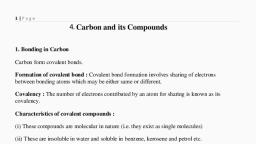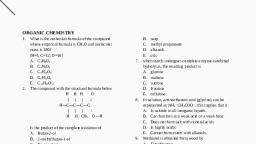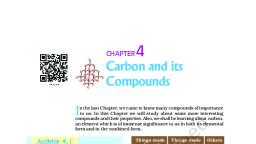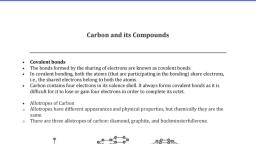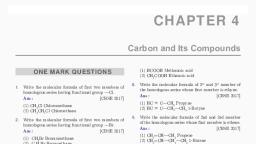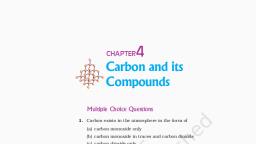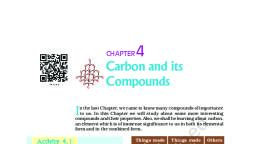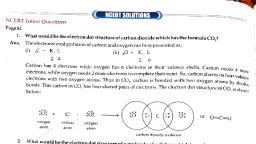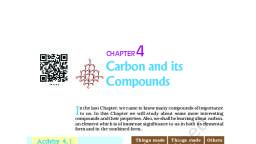Page 1 :
CHAPTER – 4, , CARBON AND ITS COMPOUNDS, q, , Carbon is a versatile element., , q, , In earth’s crust, carbon is 0.02% and found in form of minerals., , q, , Atmosphere has 0.03% of Carbon dioxide., , q, , All living structures are carbon based., , Covalent Bond in Carbon, –, , The atomic number of carbon is 6 and its electronic configuration is 2, 4. To, attain a noble gas configuration it can, , 1., , Gain 4 electrons. But it would be difficult for nucleus to hold 4 extra electrons., , 2., , Lose 4 electrons. But it would require a large amount of energy to remove, 4 electrons., , –, , It is difficult thus for an atom of carbon to either gain or lose electrons., , –, , Carbon attains the noble gas configuration by sharing its valence electrons, with other atoms. Atoms of other elements like hydrogen, oxygen, nitrogen,, chlorine also show sharing of valence electrons., , –, , Formation of H2, O2 and N2 is shown as below :, , 31, , X – Science, , AK
Page 2 :
–, , It is evident that the number of shared pair of electrons can be one, two or, three. Try making the structures of H2O and CH4., , –, , Bond formed by the sharing of an electron pair between two atoms is called, covalent bond., , –, , Covalently bonded molecules have low melting and boiling points because of, comparatively weaker intermolecular forces, unlike ionic compounds., , –, , These molecules are generally poor conductor of electricity since no charged, particles are formed., , Versatile Nature of Carbon Atoms:, Two important properties of carbon atom enable carbon to form enormously large, number of compounds., , CATENATION : property of carbon atom to form bond with other atoms of, carbon is called catenation. Like carbon, silicon forms compounds with hydrogen, upto seven or eight atoms of silicon., 32, , X – Science, , AK
Page 3 :
TETRAVALENCY : Having a valency of 4, carbon atom is capable of bonding, with atoms of oxygen, hydrogen, nitrogen, sulphur, chlorine and other elements., The smaller size of carbon atom enables nucles nucleus to hold the shared pair of, electrons strongly, thus carbon compounds are very stable in general., Saturated and Unsaturated Carbon Compounds, , –, , ALKANE : CnH2n+2, , –, , ALKENE : CnH2n, , –, , ALKYNE : CnH2n–2, , –, , Electron dot structure of a saturated carbon compound, ethane is as follows:, , 33, , X – Science, , AK
Page 4 :
–, , Electron dot structure of an unsaturated cabon compound, ethene is as follows:, , TRY DRAWING THE ELECTRON DOT STRUCTURE OF ETHYNE, Formulae and Structures of Saturated Compounds of Carbon and Hydrogen, , 34, , X – Science, , AK
Page 5 :
On the basis of structures the hydrocarbons can be:, , Structural isomers : these are the compounds having identical molecular formula, but different structures. For example, isomers of butane., , Heteroatom and Functional Group :, *In hydrocarbon chain, one or more hydrogen atoms can be replaced by other, atoms in accordance with their valencies. The element that replaces hydrogen is, called a heteroatom., *These heteroatoms and the group containing them impart chemical properties to, the compound and hence are called functional groups., , 35, , X – Science, , AK
Page 6 :
Homologous Series:, –, , It is a series of compounds in which the same functional group substitutes for, hydrogen in a Carbon chain., , –, , For instance, the ALCOHOLSs: CH3 OH, C2H5 OH, C3H7 OH, C4H9 OH., , –, , The successive member differs by –CH2-; unit and 14 units of mass., , –, , The chemical properties are imparted by the functional group thus all members, have similar chemical properties. But the members have different physical, properties., , –, , The physical properties vary among the members of homologous series due, to difference in their molecular mass., , –, , Melting point and boiling point increases with increasing molecular mass., , Nomenclature of Carbon Compounds:, 1., Identify the number of carbon atoms in the compound., 2., Functional group is indicated either by prefix or suffix., Functional Group, Suffix, Prefix, Alkene, ene, Alkyne, yne, Alcohol, ol, Aldehyde, al, Ketone, one, Carboxylic acid, oic acid, chlorine, chloro, 36, , X – Science, , AK
Page 7 :
3., , If a suffix is added, then final ‘e’ is removed from the name eg. methanol, (methane-e = methan + ol)., , Chemical properties of Carbon compounds :, 1., , COMBUSTION :, , *Carbon compounds generally burn (oxidize) in air to produce carbon dioxide and, water, and release heat and light energy., CH4 + O2 → CO2 + H2O + heat and light, *Saturated hydrocarbon burns generally with a blue flame in good supply or air and, with a yellow sooty flame in limited supply of air., *Sooty flame is seen when unsaturated hydrocarbons are burnt., *Burning of coal and petroleum emits oxides of sulphur and nitrogen which are, responsible for acid rain., 2., , OXIDATION :, , *Alcohols can be converted to carboxylic acids by oxidizing them using alkaline, potassium permanganate or acidified poatassium dichromate (they add oxygen to, the reactant, thus are called oxidizing agents)., CH 3 - CH 2 OH, , 3., , Alkaline KMnO 4 + heat, CH 3 COOH, Acidified K 2 Cr2 O7 + heat, , ADDITION REACTION:, , Hydrogen is added to unsaturated hydrocarbon in presence of palladium or nickel, as catalyst., Vegetable oils are converted into vegetable ghee using this process., , Saturated fatty acids are harmful for health and oils with unsaturated fatty acids, should be used for cooking., , 37, , X – Science, , AK
Page 8 :
4., , SUBSTITUTION REACTION :, , In saturated hydrocarbons, the hydrogen attached to carbon can be replaced by, another atom or group of atoms in presence of sunlight., CH4 + Cl2 → CH3Cl + HCl (sunlight required), IMPORTANT CARBON COMPOUNDS : Ethanol and Ethanoic Acid, Ethanol :, , *Consumption of dilute ethanol causes serious health issues and intake of pure, alcohol is lethal., CHEMICAL PROPERTIES OF ETHANOL, C2H5OH Reacts with Sodium, to from Sodium Ethoxide and, Hydrogen, , When C 2 H 5 OH is Heated with, Concentrated Sulphuric Acid at 443, k, It is Dehydrated to Ethene, , 38, , X – Science, , AK
Page 9 :
Ethanoic Acid (CH3COOH) / Acetic Acid :, , *5-8% solution of acetic acid in water is called vinegar., *Pure acetic acid is called glacial acetic acid., , 39, , X – Science, , AK
Page 10 :
Esterification :, Carboxylic acids react with alcohols in presence of few drops of concentrated, sulphuric acid as catalyst and form sweet smelling compounds called ester., Hydrolysis :, On heating with an acid or a base the ester forms back the original alcohol and, carboxylic acid., CH3COO CH2CH3 + NaOH → CH3COONa + CH3-CH2OH, CH3COO CH2CH3, , Dil.H 2 SO 4, , →, HEAT, , CH3COOH + CH3-CH2OH, , *Alkaline hydrolysis of ester is also called saponification., Soaps and Detergents, –, , Soap is sodium and potassium salt of carboxylic acids with long chain., , –, , Soaps are effective with soft water only and ineffective with hard water., , –, , Detergents are ammonium or sulphonate salts of carboxylic acids with long, chain. They are effective with both soft as well as hard water., , An ionic part (hydrophilic) and a long hydrocarbon chain (hydrophobic) part, constitutes the soap molecule., , Structure of a Soap Molecule, Cleansing Action of Soaps :, –, , Most dirt is oily in nature and the hydrophobic end attaches itself with dirt,, while the ionic end is surrounded with molecules of water. This result in, formation of a radial structure called micelles., , 40, , X – Science, , AK
Page 11 :
–, , An emulsion is thus formed by soap molecule. The cloth needs to be, mechanically agitated to remove the dirt particles from the cloth., , –, , Scum : The magnesium and calcium salts present in hard water reacts with, soap molecule to form insoluble products called scum, thus obstructing the, cleansing action. Use of detergents overcome this problem as the detergent, molecule prevents the formation of insoluble product and thus clothes get, cleaned., , EXERCISE, (Question Bank), 1MARK, 1., , How an atom of carbon attain noble gas configuration?, , 2., , Draw the electron dot structure of a molecule of water., , 3., , Define catenation., , 4., , The kerosene/gas stove used at home has inlets for air. Give reason., , 5., , Write only the chemical equation for dehydration of ethanol by hot conc., Sulphuric acid., , 6., , Write the number of covalent bonds present in propane., , 7., , Define the term: oxidising agent., , 8., , Write the formula for first member of ketone., , 41, , X – Science, , AK
Page 12 :
9., , Would you be able to check if water is soft by using a soap?, , 10., , Write the molecular formula of an alkyne containing 10 atoms of hydrogen., , 2 MARKS, 1. Define saponification. Write a chemical equation for it., 2. Covalent compounds generally don't conduct electricity. Why?, 3., , Specify the condition in which ethanol undergo oxidation to form ethanoic, acid. Write the chemical equation., , 4., , Define isomerism. Draw the structures of the two isomers of butane., , 5., , Identify the functional group present in the following compounds: HCOOH,, HCHO, CH3Br and C10H21OH, , 3 MARKS, 1., , What is a homologous series? Write any two characteristic features of any, homologous series using one example., , 2., , Write any three differences between soaps and detergents., , 5 MARKS, 1., , Differentiate between ethanol and ethanoic acid on the basis of any three, physical properties and two chemical properties., , 2., , An organic compound 'A' is used as a preservative in pickles and has molecular, formula C2H4O2. This compound reacts with ethanol to form a sweet smelling, compound 'B'., i), , Determine the compound 'A'., , ii), , Write the chemical equation for its reaction with ethanol to form, compound 'B'., , iii), , Write any two uses of compound 'B'., , iv), , Which gas is produced when compound 'A' reacts with washing soda?, Write the chemical equation, , v), , How can vinegar be obtained from compound 'A'?, , 42, , X – Science, , AK
Page 13 :
CARBON AND ITS COMPOUNDS IN BRIEF, –, , Carbon is a versatile non-metal., , –, , Carbon atom like atoms of other non-metals like oxygen, nitrogen, hydrogen, and chlorine shares electrons., , –, , Carbon forms large number of compounds due to catenation and tetravalency., , –, , Carbon can form single, double and triple covalent bonds., , –, , The compounds of hydrogen and carbon are called hydrocarbons, which can, be saturated or unsaturated., , –, , Structurally hydrocarbons can have straight chain, branches or cyclic structure., , –, , Difference in Structural arrangement of same molecule gives rise to isomerism., , –, , In a hydrocarbon, a heteroatom can replace the hydrogen atom and imparts, it chemical properties., , –, , Homologous series is a series of compounds with same general formula and, same chemical properties but different physical properties., , –, , Carbon based compounds are excellent fuels., , –, , Ethanol is an important industrial compound. It reacts with reactive metals and, is also dehydrated to ethene., , –, , Ethanoic acid is another important compound. It combines with ethanol to, form sweet smelling esters., , –, , Soaps and detergents are used as cleansing agents. Detergents efficiently, cleanses with soft and hard water., , 43, , X – Science, , AK







